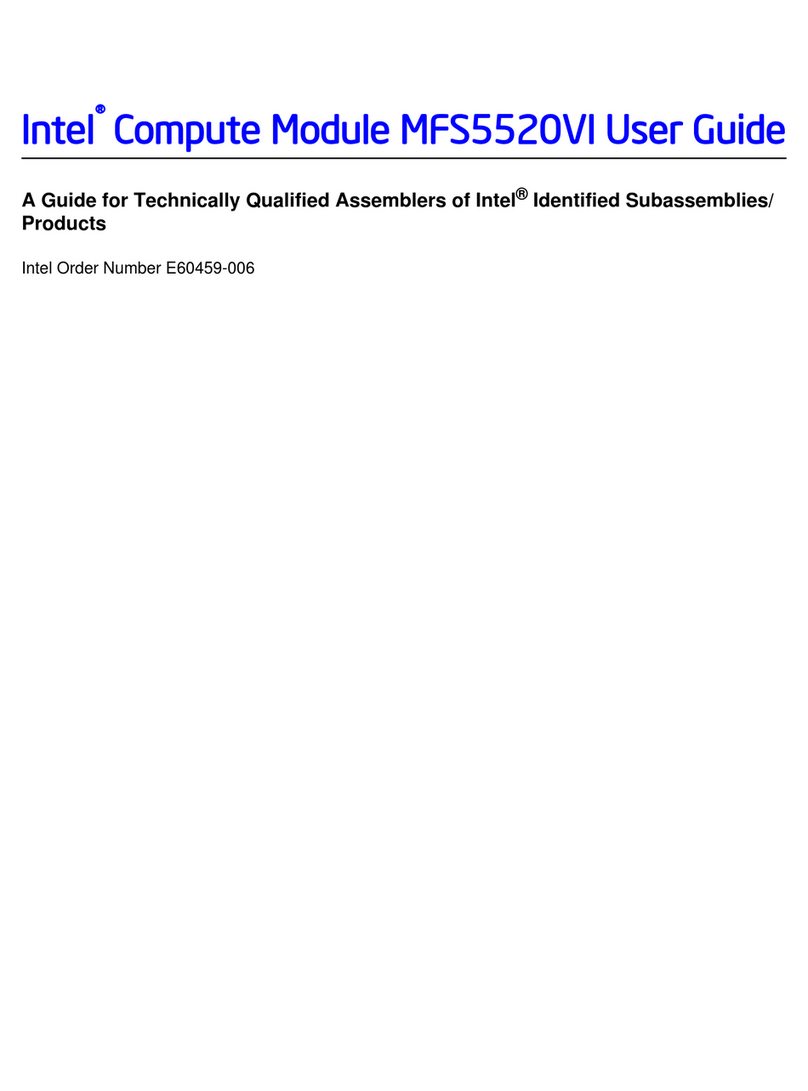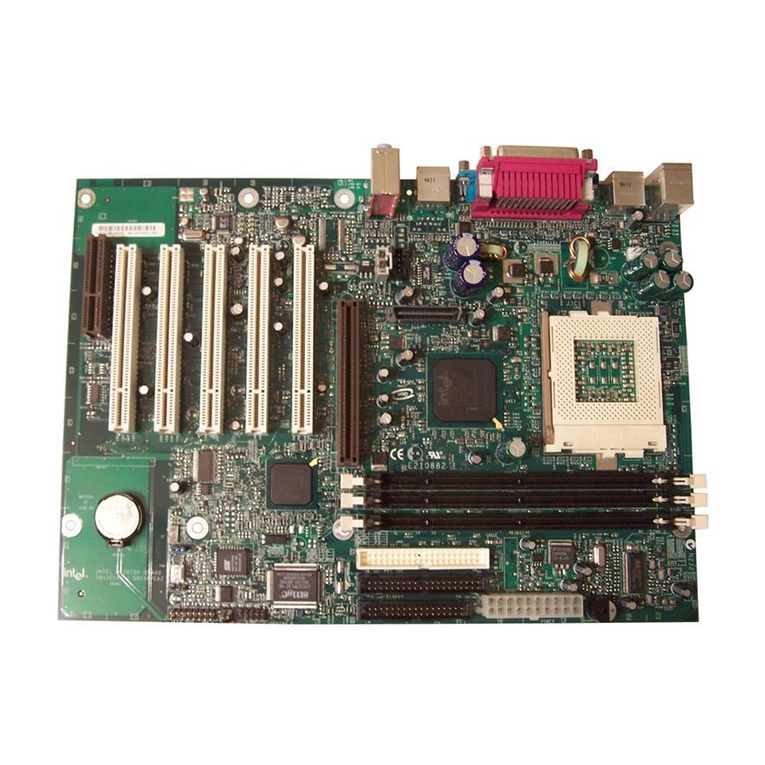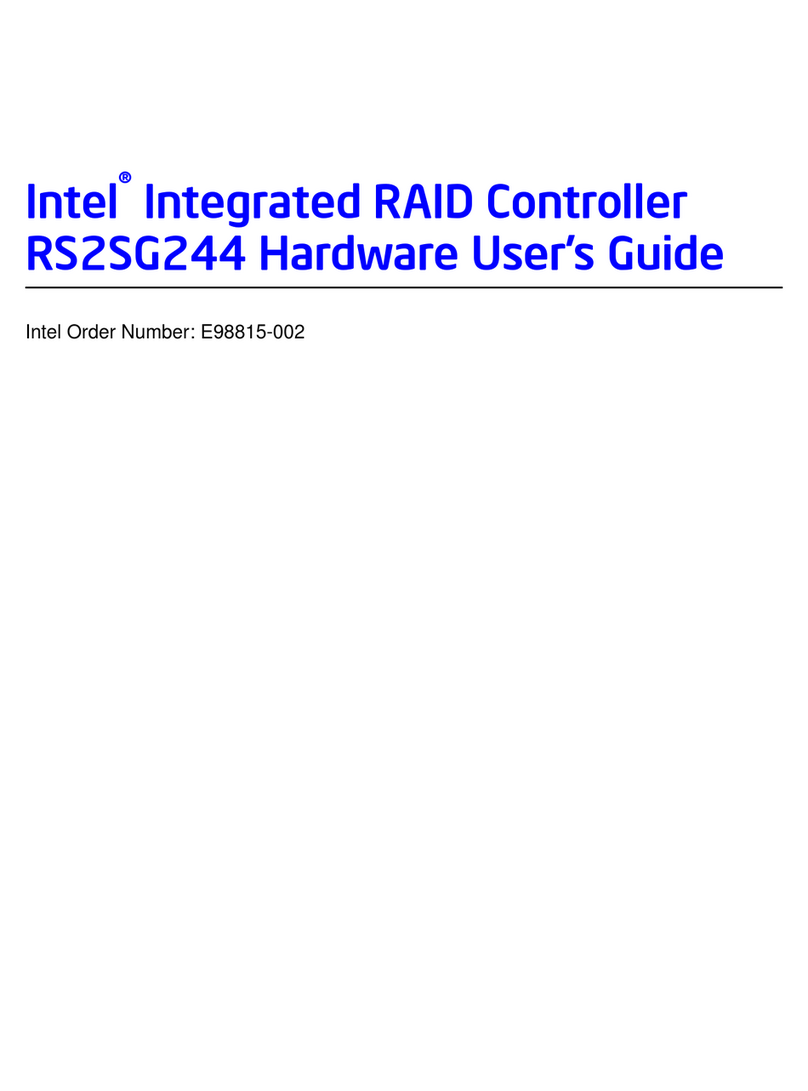Intel SBC 711 Quick user guide
Other Intel Computer Hardware manuals
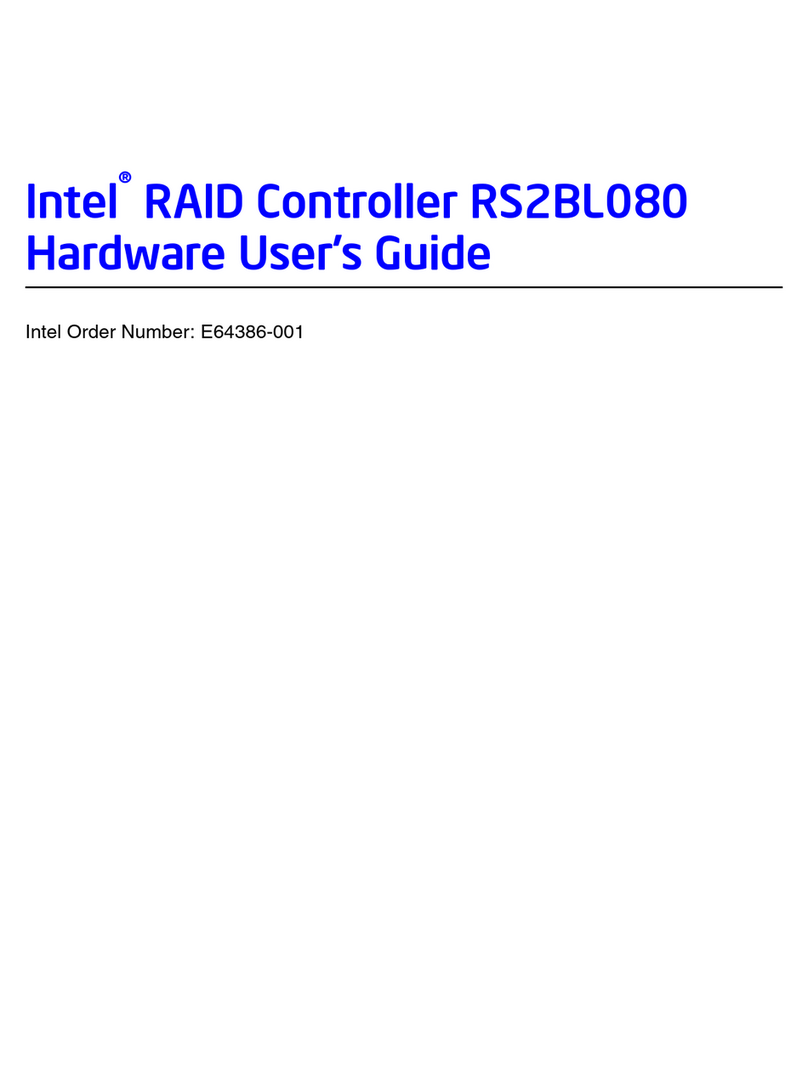
Intel
Intel RS2BL080 - RAID Controller Installation manual
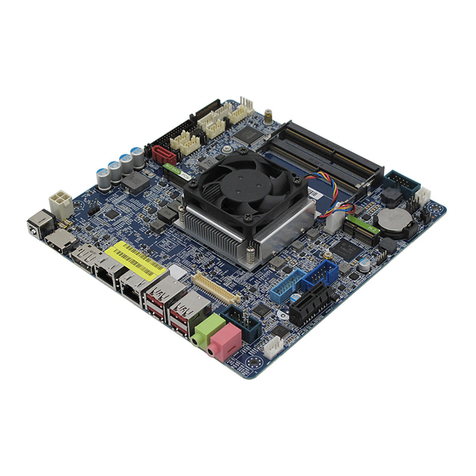
Intel
Intel MX4305UE User manual
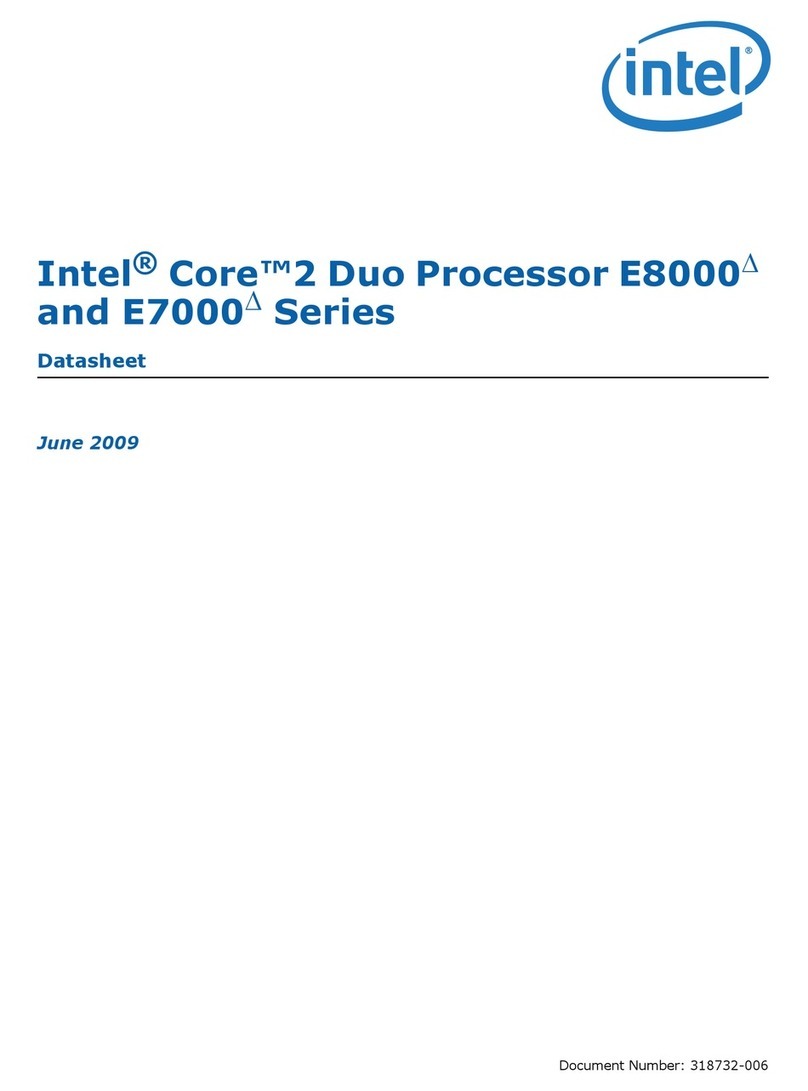
Intel
Intel E5420 - CPU XEON QUAD CORE 2.50GHZ FSB1333MHZ 12M LGA771 HALOGEN FREE... User manual
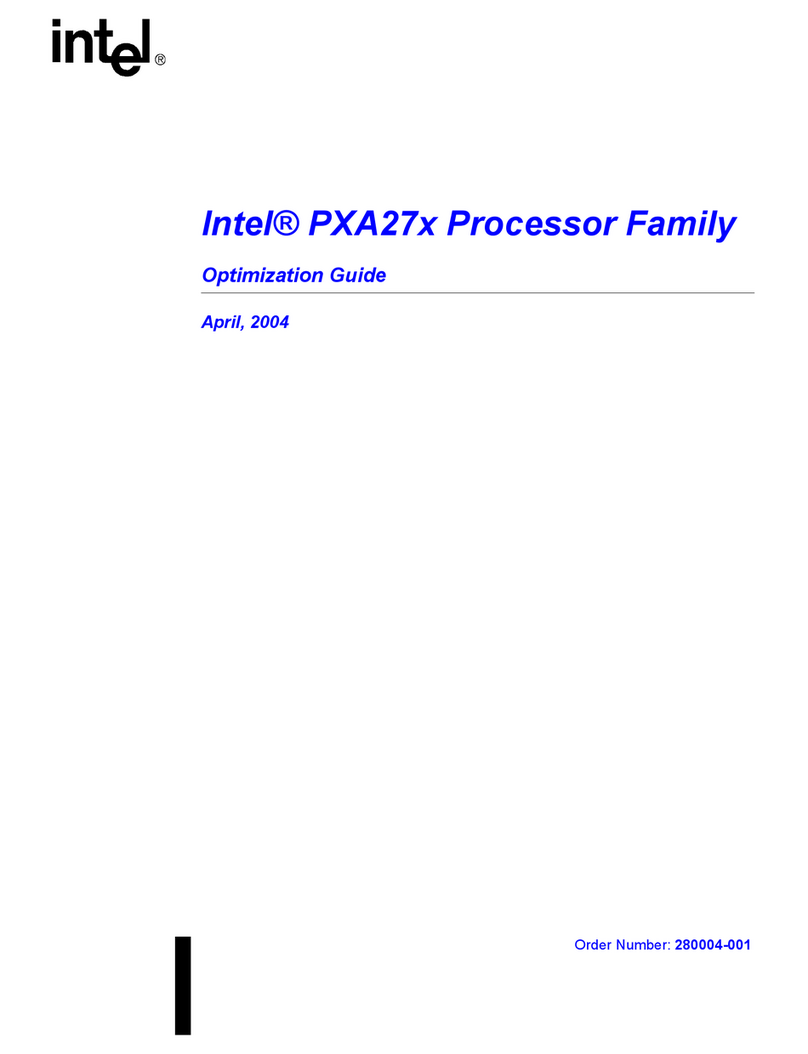
Intel
Intel PXA270 User manual
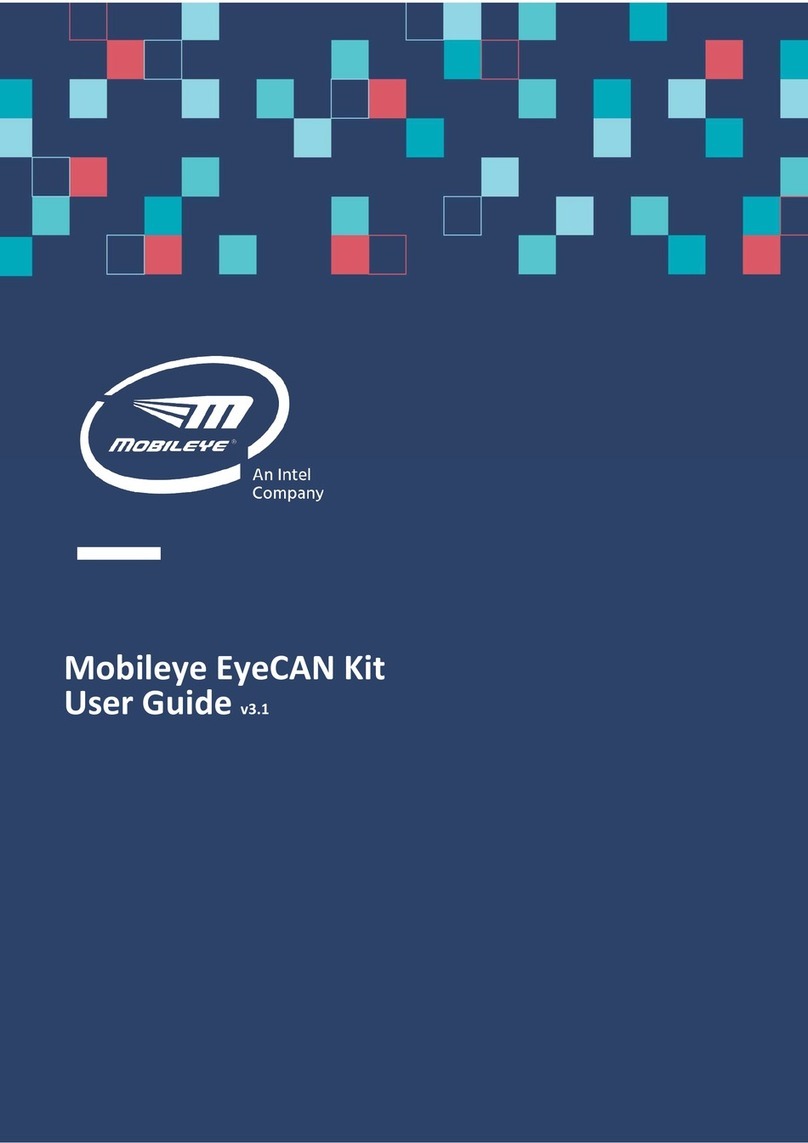
Intel
Intel Mobileye EyeCAN Kit User manual
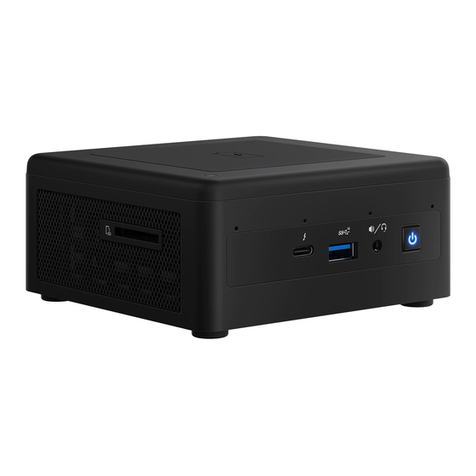
Intel
Intel NUC11PAQi7 User manual
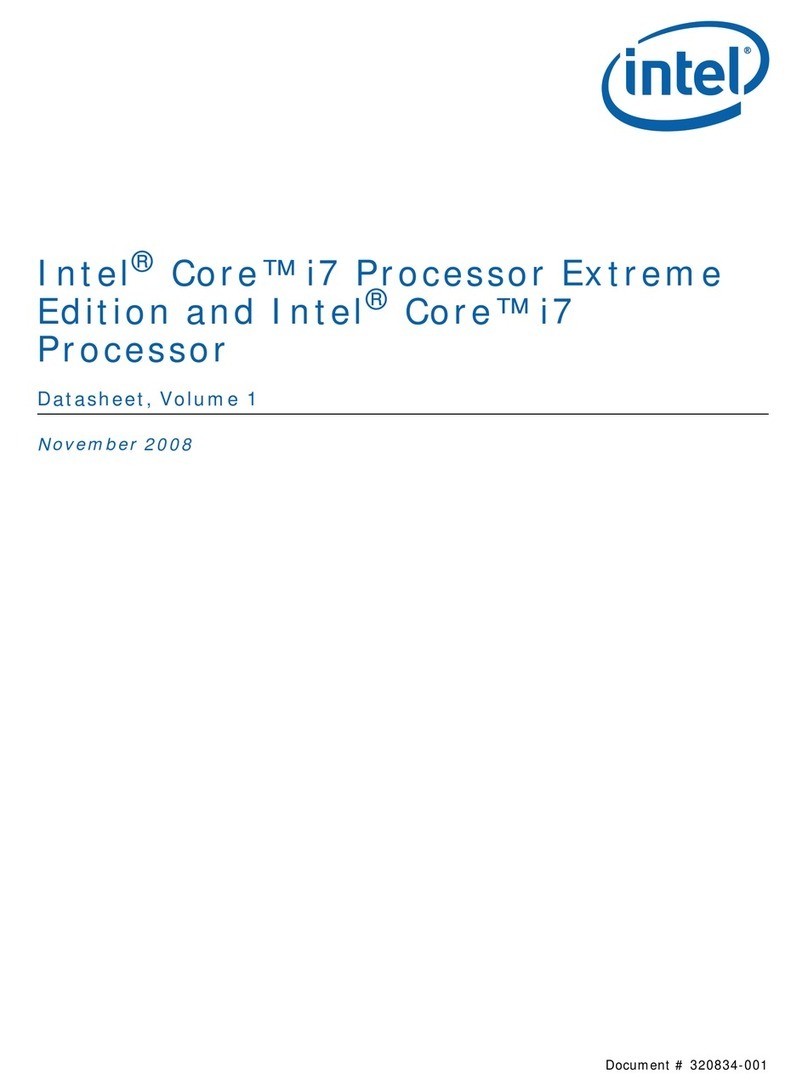
Intel
Intel Core i7 Extreme Edition User manual
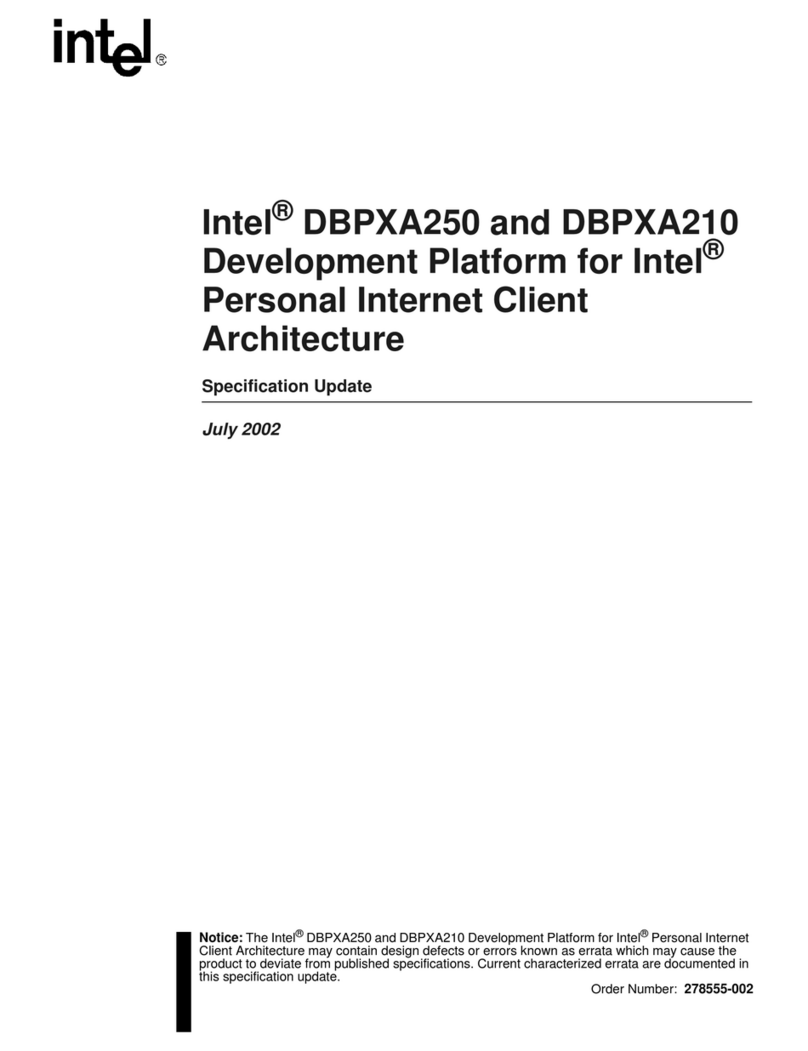
Intel
Intel DBPXA210 Technical manual
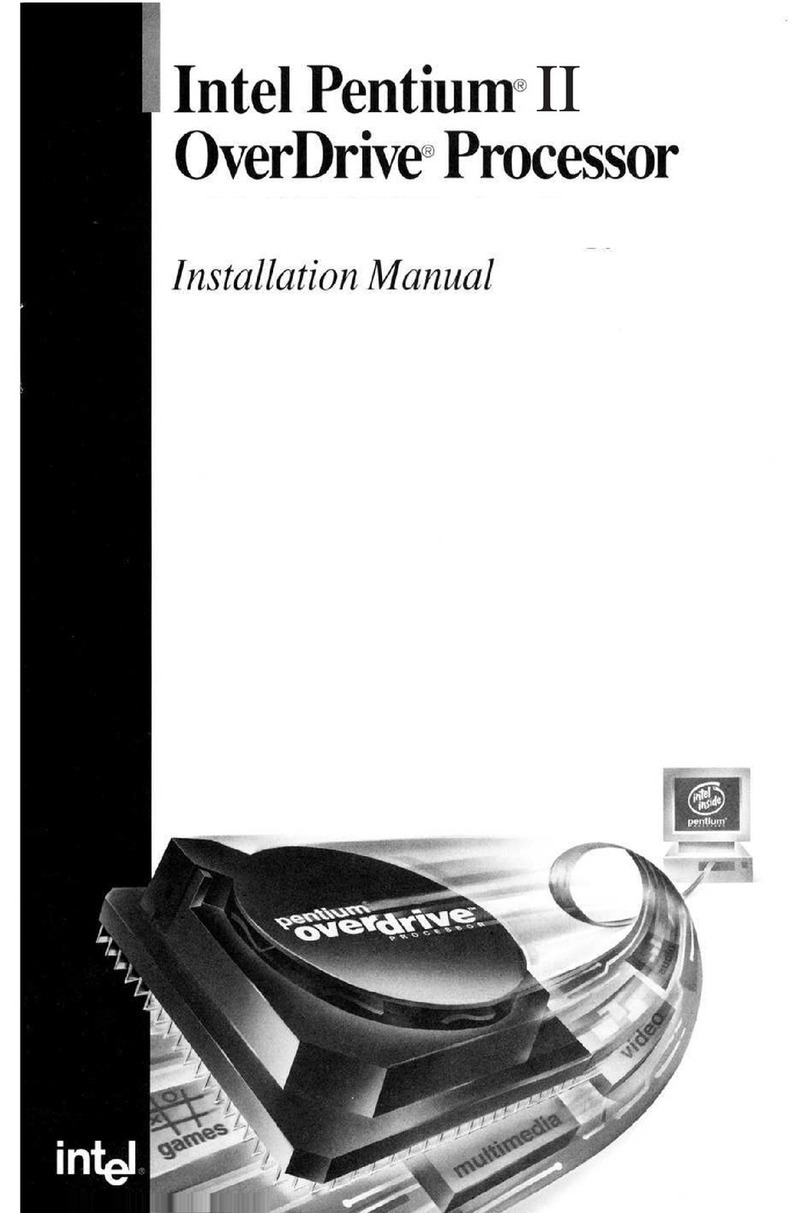
Intel
Intel Pentium II OverDrive User manual
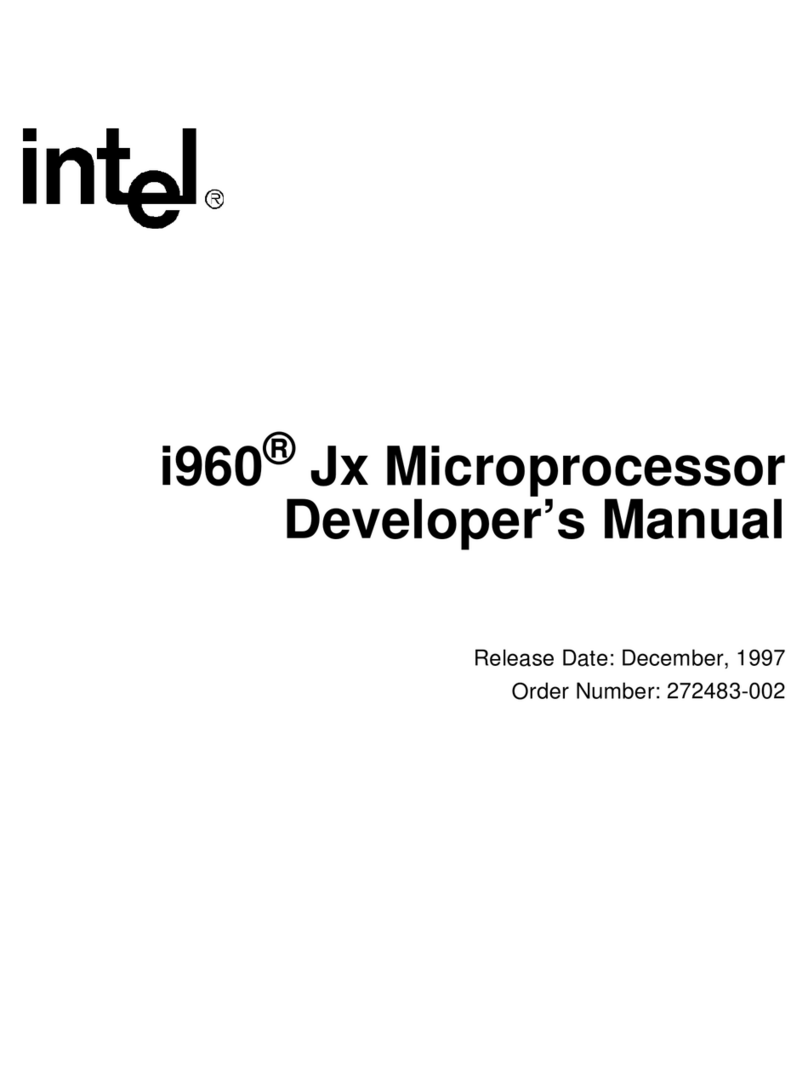
Intel
Intel i960 Jx User manual
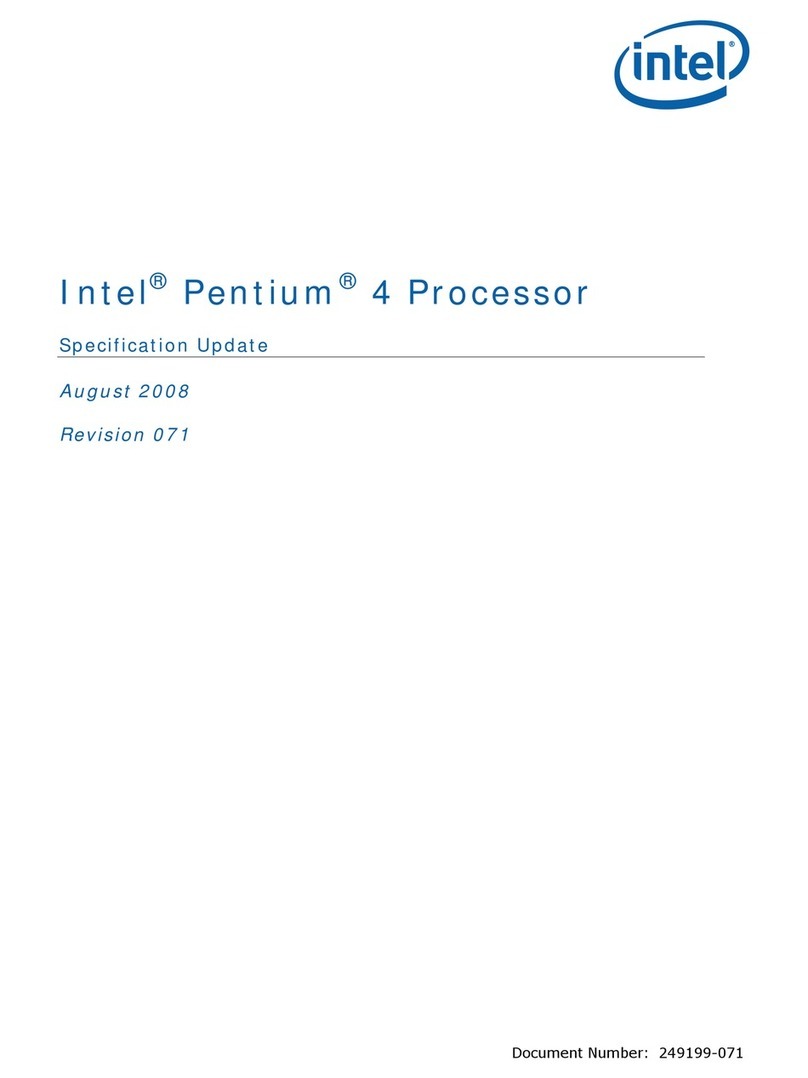
Intel
Intel BX80623I52500K User manual
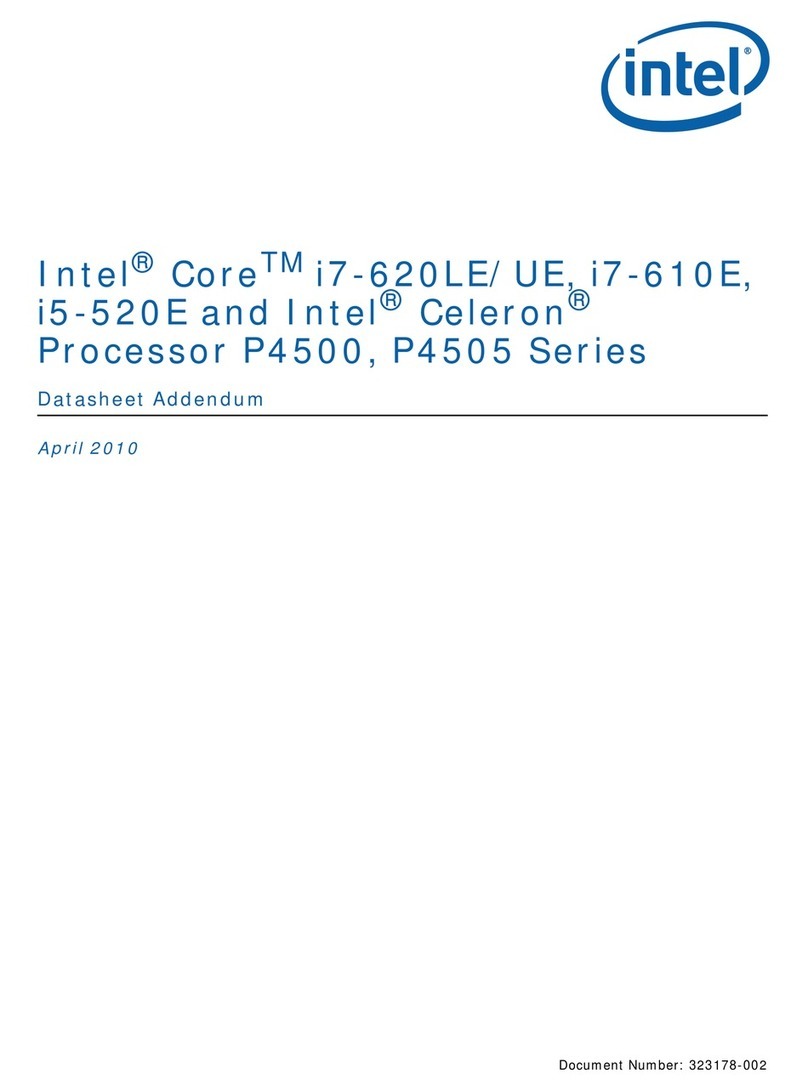
Intel
Intel I5-520E - ADDENDUM User manual
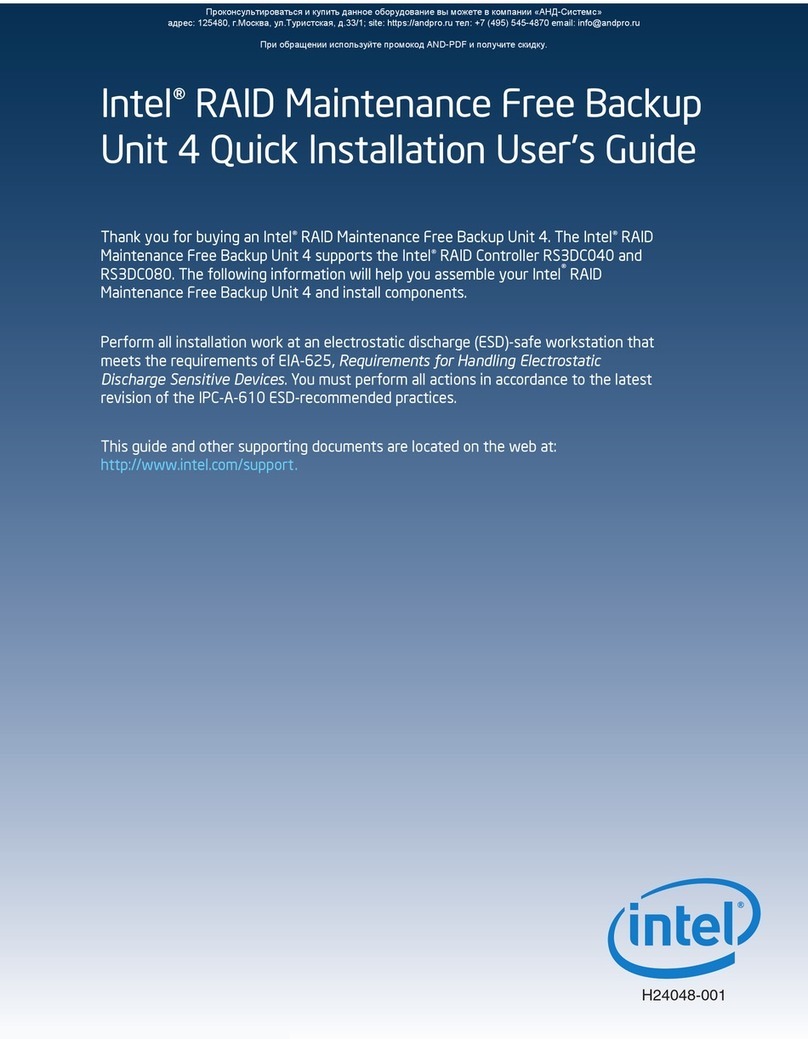
Intel
Intel RMFBU4 User manual
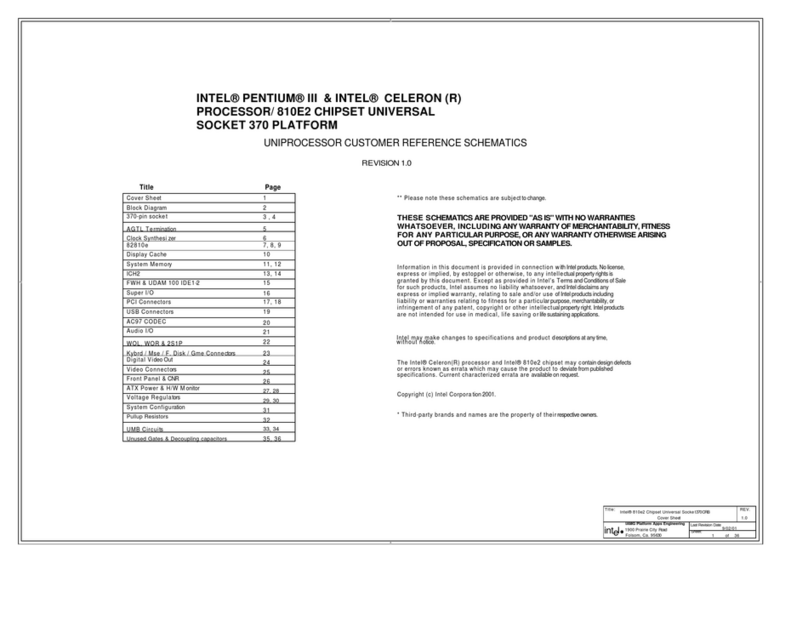
Intel
Intel 810e2 Quick start guide
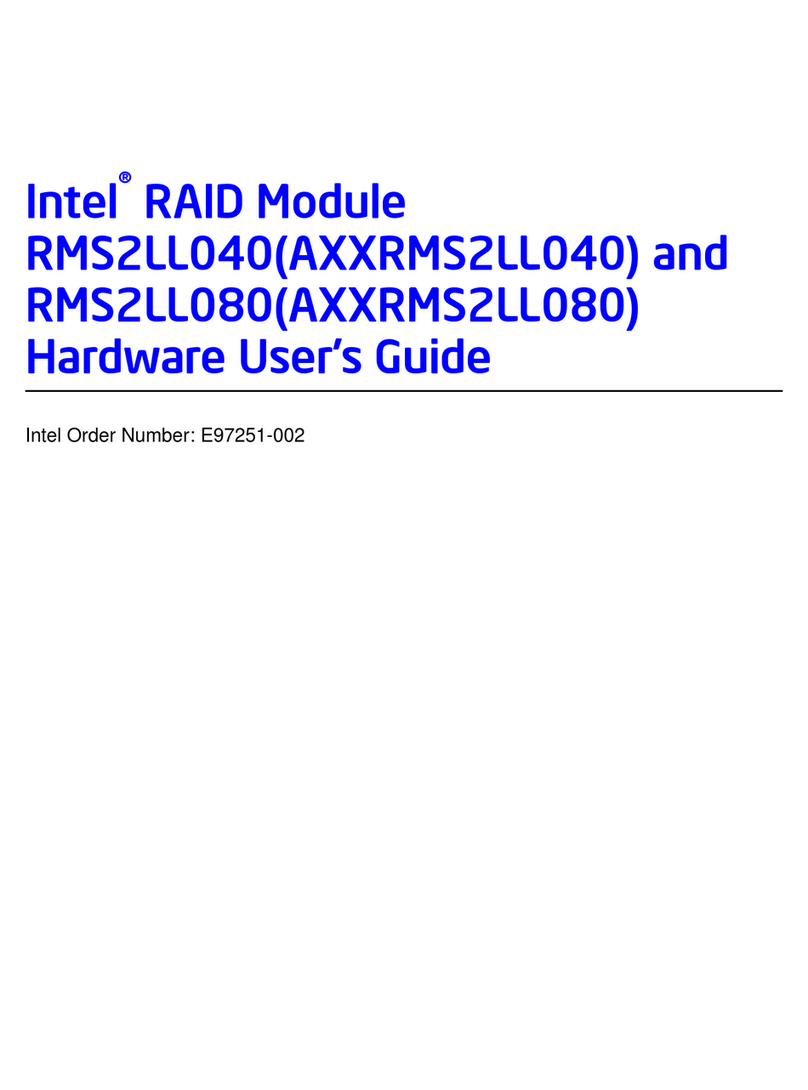
Intel
Intel AXXRMS2LL040 Installation manual

Intel
Intel AXXRMFBU4 User manual
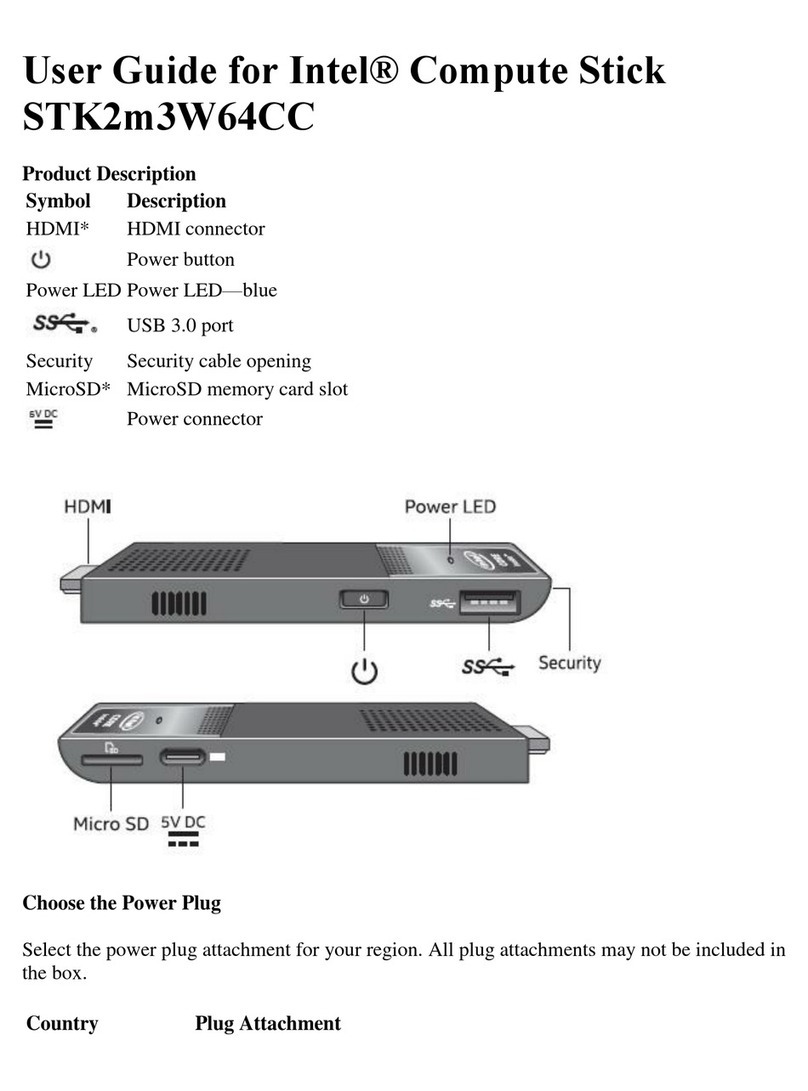
Intel
Intel Compute Stick STK2m3W64CC User manual
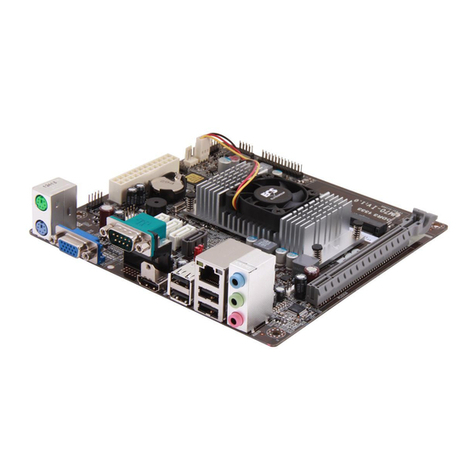
Intel
Intel Celeron 847 User manual
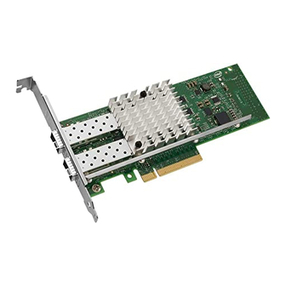
Intel
Intel XL710-Q2 User manual
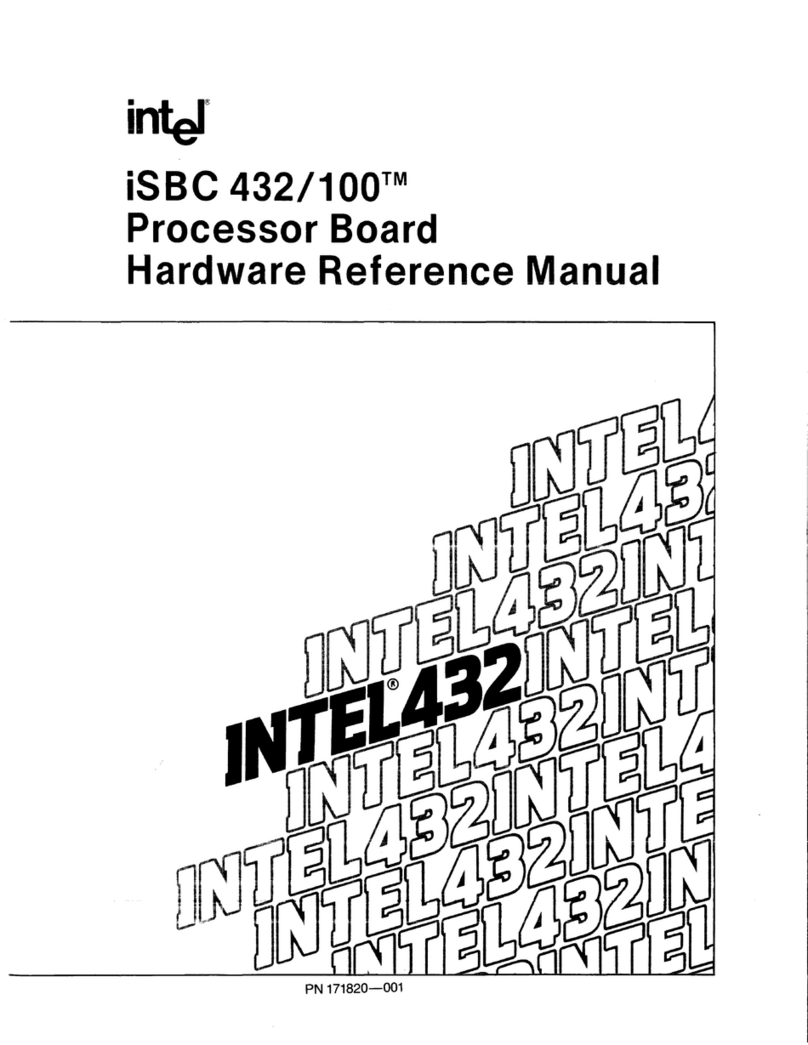
Intel
Intel iSBC 432/100 Quick user guide
Popular Computer Hardware manuals by other brands

Toshiba
Toshiba TOSVERT VF-MB1/S15 IPE002Z Function manual

Shenzhen
Shenzhen MEITRACK MVT380 user guide

TRENDnet
TRENDnet TEW-601PC - SUPER G MIMO WRLS PC CARD user guide

StarTech.com
StarTech.com CF2IDE18 instruction manual

Texas Instruments
Texas Instruments LMH0318 Programmer's guide

Gateway
Gateway 8510946 user guide

Sierra Wireless
Sierra Wireless Sierra Wireless AirCard 890 quick start guide

Leadtek
Leadtek Killer Xeno Pro Quick installation guide

Star Cooperation
Star Cooperation FlexTiny 3 Series Instructions for use

Hotone
Hotone Ampero user manual

Connect Tech
Connect Tech Xtreme/104-Express user manual

Yealink
Yealink WF50 user guide
